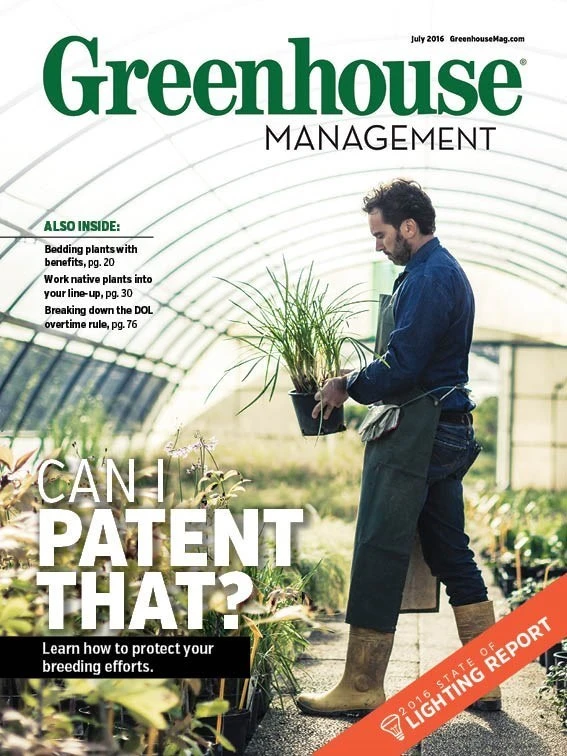
Smart decisions are being made in the greenhouse industry. With a little more financial wiggle room than years prior, growers are looking to make careful, strategic investments in their businesses.

Through the results we’ve analyzed from our 8th annual Intent-to-Build Survey, it looks as though many are taking the “quality-over-quantity” approach. Overall, more space is being added than in recent years, but growers aren’t making major expansions, space-wise. What they are doing is putting thought into how to best maximize their added revenue per square foot.
With additional financial allotments to elements like glazing, environmental controls and hydroponic systems, growers appear to be diversifying their crops and making significant strides to improve the quality of the crops they already produce.

Annuals have held steady as respondents’ largest crop offering; that number has hovered anywhere from 51.5% to 57.5% from 2013 to 2015. But this year, less than half (41%) of respondents answered that annuals are their major crop. Other crops, like flowering pot plants and starter material, saw slight upticks this year. (Perennials are also down from 2015, but only slightly.)
In 2015, we began analyzing how produce has played into growers’ offerings, as these crops have risen in prominence in recent years. Last year, 20.2% reported produce as a major crop, and this year that number rose to 26%. The increase may very well be attributed to greater opportunities in the produce arena, from season-extending offerings like lettuce, kale and other greens, to easy-to-grow herbs that can supplement ornamental varieties, for example.


About 52% of respondents are planning to expand their production space this year. Slightly more than half of that group says it aims to make an addition of less than 10,000 square feet, while the remaining 22.7% will add anywhere from 10,000 to more than 100,000 square feet of growing space.
In 2012, only 31.7% of our survey respondents planned to build that year — so we’ve seen a major increase in the willingness to expand in the past 5 years.

Most respondents are at the extremes of the spending spectrum — about 43% are planning to spend less than $25,000, and nearly 27% plan to spend more than $200,000. Overall, the results have trended toward increased spending in the past 5 years, as only 3.6% of growers were willing to allot more than $200,000 to structure expansion in 2011.



Most respondents are growing on the ground or in stationary benches. That trend has remained consistent the past 5 years. 16% of respondents are using hydroponic systems, up about 2% since last year when we began tracking this system.

We’ve seen a huge uptick in the use of integrated computer controls (a 20% jump) since 2012, when only 11.1% of respondents planned to use them. Like many industries in the 21st century, growers may be looking to become more data-driven when it comes to environmental control. An integrated computer control system allows them to better track their greenhouse’s conditions, and make adjustments accordingly for the best possible crop outcome.


The most significant change we saw this year is the 9% decrease in the number of respondents who said that finding new customers was their biggest challenge. The addition of produce in growers’ offerings could be one of the reasons for this drop. Distributing fresh fruits and veggies to farmers markets and restaurants helps to build a new customer base and awareness in local markets.
Finding qualified labor is still the top concern for growers, and has been since 2013. Raising prices was once a much more prominent challenge, but that number has hovered between 8 to 9% over the past 2 years.
Get curated news on YOUR industry.
Enter your email to receive our newsletters.
Explore the July 2016 Issue
Check out more from this issue and find your next story to read.
Latest from Greenhouse Management
- pH Helpers
- Society of American Florists accepting entries for 2025 Marketer of the Year Contest
- Sustainabloom launches Wholesale Nickel Program to support floriculture sustainability
- American Horticultural Society welcomes five new board members
- Color Orchids acquires Floricultura Pacific, becoming largest orchid supplier in U.S.
- American Floral Endowment establishes Demaree Family Floriculture Advancement Fund
- The Growth Industry Episode 3: Across the Pond with Neville Stein
- 2025 State of Annuals: Petal power





